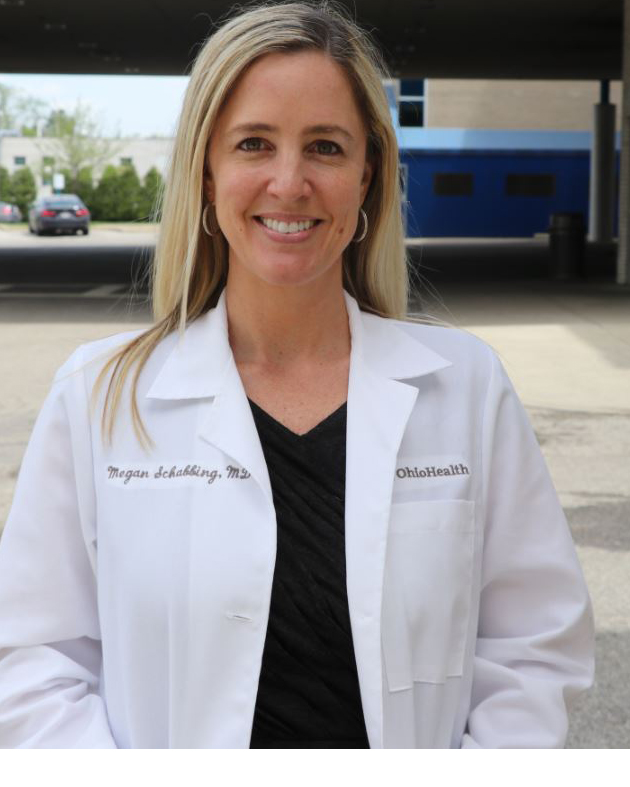Feeling SAD? OhioHealth doc offers FAQ on seasonal affective disorder

With the days getting shorter, the clouds getting thicker, and the temperatures getting colder, you may be noticing yourself feeling sluggish, sad, and maybe even a little depressed. Year after year, thousands of Ohioans are plagued by Seasonal Affective Disorder, or SAD for short.
Unfortunately, there’s still no way for us to fast forward to May, which is why Dr. Megan Schabbing, OhioHealth Medical Director of Psychiatric Emergency Services, and her team work tirelessly to help those affected make it through the season.

Dr. Schabbing was able to carve time out of her busy schedule to answer some questions about the nature of SAD, and what you can do to help alleviate its symptoms.
614: What are some causes of SAD?
Dr. Schabbing: The exact cause of SAD is unknown. However, there is evidence to suggest that disruption in circadian rhythms plays a role in SAD. Since SAD is a subtype of major depressive disorder or bipolar disorder, it’s also suspected that genetic factors and neurotransmitter dysfunction are likely causes, as well.
614: What are some of the symptoms of SAD?
Dr. Schabbing: The most common type of SAD, with fall-winter onset, is characterized by depressed mood, low energy, increased sleep, and increased appetite.
614: Do you need an official diagnosis from a doctor to treat SAD?
Dr. Schabbing: SAD should be diagnosed by a clinician because other medical problems can cause the same symptoms seen in SAD, including problems with sleep, appetite, or energy.
BROUGHT TO YOU BY
614: Are there any “at home” remedies for SAD?
Dr. Schabbing: The most evidence-based treatment for SAD is prescribed by a clinician, which includes an anti-depressant medication plus bright light therapy. As with other types of depression, a regular exercise regimen, healthy diet, and positive coping strategies for stress can also be helpful.
614: What are some of the first step one should take after identifying they suffer from SAD?
Dr. Schabbing: One should first be evaluated by a primary care physician, to make sure that the symptoms are not related to a medical condition, such as anemia or a thyroid disorder.
614: What are some tips/suggestions for people who know/live with/love someone affected by SAD?
Dr. Schabbing: While it might seem, at times, that someone with SAD is simply being “moody” or “lazy,” it’s important to remember that SAD is a brain disorder. Similar to other medical problems, SAD is a treatable condition, so it’s important to encourage someone who is affected by SAD to seek treatment.
For more on Dr. Schabbing, click here. For more on Seasonal Affective Disorder, click here.
BROUGHT TO YOU BY



